I wrote this post on the Sunday night before my open heart surgery took place in the morning of August 19.
The most common question I get is ”how are you feeling?”, but it is also the most difficult to answer, at least in a way that gives the emotions justice. Saying there are many emotions also feels wrong, because they are all forged into each other with no conflict, without struggling for space. Together they form this whole new feeling. There should be a word for harboring many emotions at the same time, without being particularly roused or conflicted.
”How are you feeling Per?”
”Interwoven, for sure.”
What overwhelms me is the thought of letting go. The idea of surrendering so helplessly to people who just want the best for me. I also feel this huge indescribable gratitude for strangers who devote their professional life to persistently repairing broken bodies. And I know now how necessary my operation is.
There is of course this inherent feeling of unrest in the need to completely surrender control. An unwillingness to be as weak as I will be for many months. A concern in the uncertainty, of course, of how it will play out. And how my life changes after this.
So I focus on communication, on logistics, on social interplay and design. The things I know. Everything I'm going through becomes part of what my industry calls a user journey. Where do things move quickly and where do they move fast. Where in the process am I frustrated, grateful or surprised.
When do I dare embrace the process.
The placement of the surgeon's tools is a design solution
I want to take this opportunity to tell you about one of my role models. Her name is Lillian Möller Gilbreth, and she lived during the years 1878 to 1972. The legacy of Lillian Gilbreth is not talked about enough in the business world, including my own industry.
As it turns out Gilbreth also happens to have had a great influence, alongside her husband, over the working methods of all surgeons.
Lillian M. Gilbreth worked with husband Frank in an area they called motion studies. You could say this was a development of the contemporary Frederick Winslow Taylor's time studies. They observed movements in physical labor with an intent to eliminate movements and make the work more streamlined. They wanted to distinguish themselves from Taylor by shedding light on workers' well-being, and weed out motion that led to physical strain and injury, rather than merely emphasising the profit margins of manufacturers and builders.
Frank loved technology, and pioneered using a film camera in their joint consulting firm. The camera became an important tool in observations of workers' movements. And this also means there are preserved moving images from both family life and daily work, and in this old clip from Frank Gilbreth's own film camera you get an understanding of how they performed their studies:
Note that there is always a 'clock' visible in the frame, a microchronometer, to help track the time required for the various stages of work. At this time, Frank used a hand cranked 35mm camera, and the speed of the resulting video of course varied. The only way to accurately perceive how much time passes is that clock.
Unfortunately, or perhaps fortunately, there are no moving images from an OR (operating room) among all the old clips. However, the work they did to streamline the work of surgeons was very successful.
Lillian and Frank systematically divided movements, or work steps, into 18 different elements, for example: Search, find, grasp, hold, plan, rest, avoidable delay and unavoidable delay.
The compilation of all these movements was called Therbligs. This inventive word is simply their surname backwards, save the th for the sake of readability. And the list of Therbligs appeared as follows, where each therblig not only had its own name, but also a symbol, its own color and a shorthand abbreviation (the abbreviation is not visible in the picture below).

By filming, and in detail documenting, surgical procedures with this method, Lillian and Frank were able to discover which steps contributed to time waste, injurious motion, and other forms of frustration. In my profession today this would be called user journeys, a method of mapping out where in a process a user encounters obstacles with the intent of improving important and poorly functioning stages of the experience.
The Gilbreths discovered how surgeons spent more time looking for the right instrument than performing the operation itself. One key point of advice in their report was for the surgeon to have a designated assistant responsible for the placement of tools and always ready to hand over the right tool. And you've likely seen the result time and time again on TV today: a surgeon shouts "Scalpel!", and immediately is handed one.
Lillian and Frank wrote several books together about their work, but it was only Frank's name that ended up on the book covers. Their publisher worried that the books would lose trustworthiness with a female co-author. This is where I like to point out to readers that Lillian had a doctorate in applied psychology, while Frank never attended a day of university.
Although they worked closely together for a long time, Lillian had a considerable solo career. Frank died in 1924, of heart failure, at the age of 55. And Lillian lived on for 48 years after that, improving a variety of workplace and household activities with the method she constantly improved by taking into account, among other things, physical exhaustion and mental well-being. She was the first woman inducted into the Society of Industrial Engineers, and has been awarded countless awards for her achievements. She has also been called the world's first industrial psychologist.
I observe and take notes
As I now enter a period of hospital stay, I allow myself to be inspired by the Gilbreths' work with motion studies and Lillian's razor-sharp focus on human well-being. They showed how it was possible to improve both working life and everyday tasks in a way that benefits individuals, organizations and society.
When I was registered at Karolinska University Hospital on the Thursday ahead of surgery, I of course had opinions on the survey I answered as part of the process, and spoke up about the wordings and layout of the procedure appointment letter . The Nurse Specialist I met with picked up on all this straight away and asked if I would want to sit down for an interview about my experiences after surgery. Of course! Could I suggest changes to the design of the appointment letter? Yay!
And what crossed my mind was that I immediately wanted to try out new design solutions for the letters and information in both digital and paper versions. I already have sketches in my head for changes in workflows and new support information, things that would make it easier for both patients and nurses, and create a sense of safety and comfort.
I'm identifying therblig moments in communicative processes!
So that's where I'm trying to be at in my head right now. I'll focus on what I'm good at and I'll let the care specialists focus on what they are good at. That feels like an okay deal.
And all at once it's easier to embrace the process.
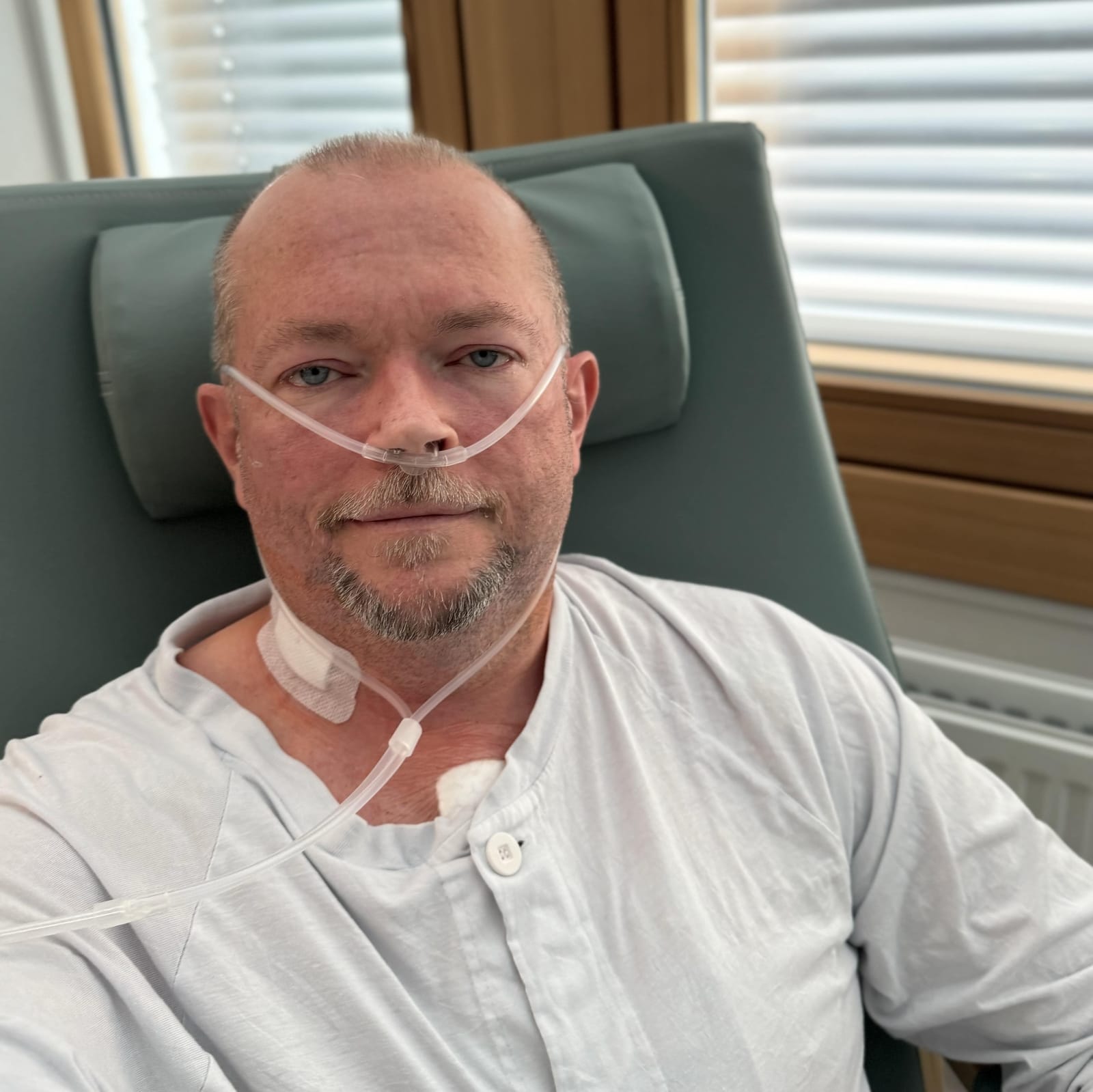
Curious about what they did to my heart?
My aortic valve has been replaced with a prosthetic. The On-X Aortic Heart Valve looks like this:
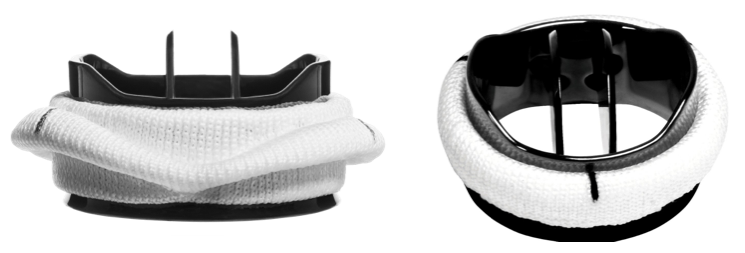
I also had an interposition graft placed in the ascending aorta. I won't shock you with pictures but there are plenty online. 😉
I'm honestly blown away by the tech, how it's all possible and by the people working on making it all happen.
Take care ❤️ I'll be attending to my recuperation for a while now, but I'll be back,
Per


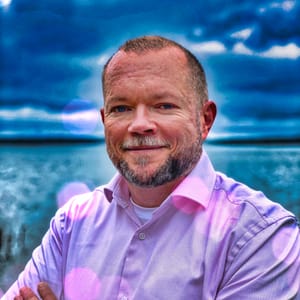

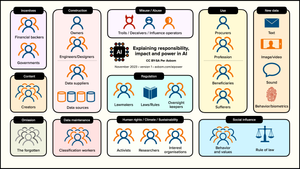
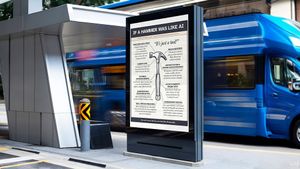

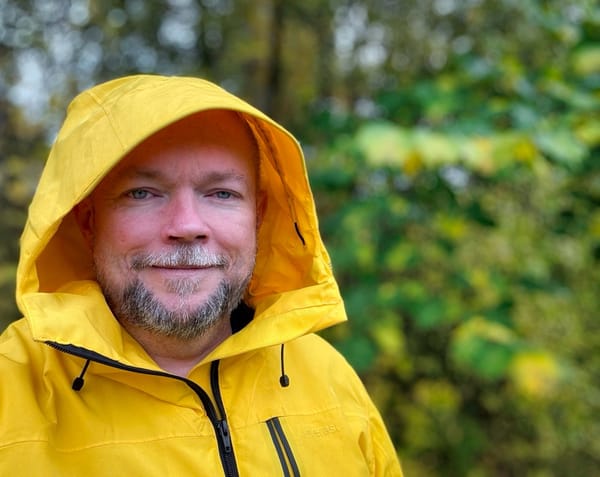
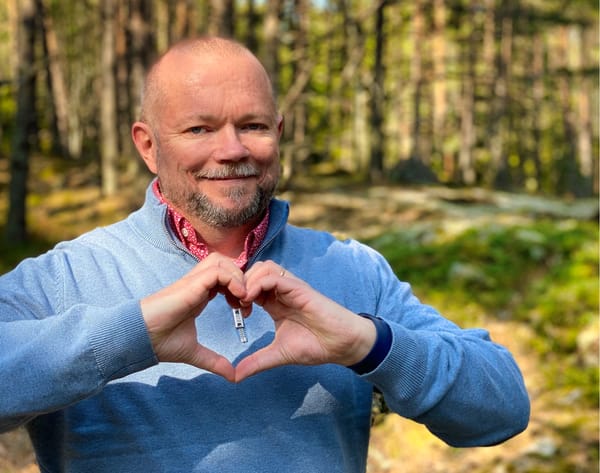

Member discussion